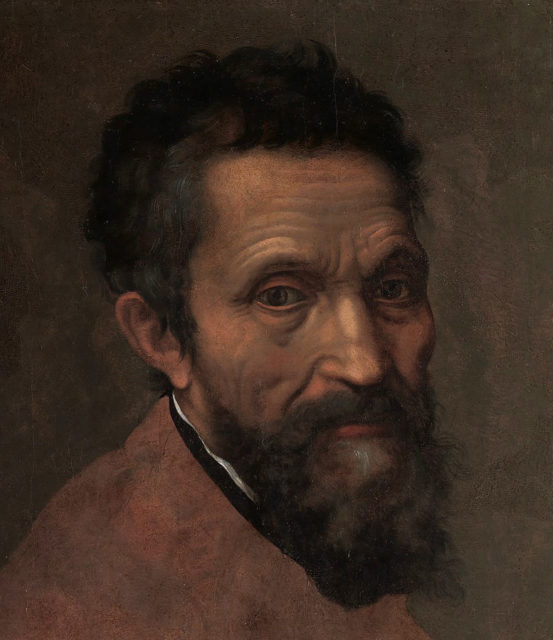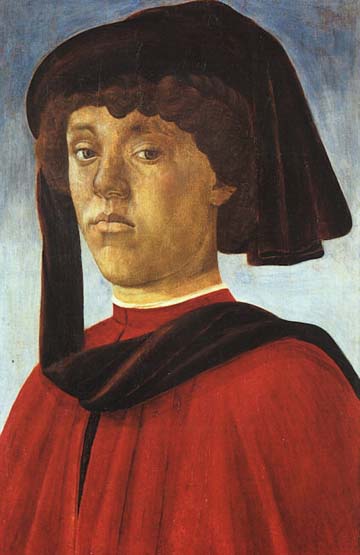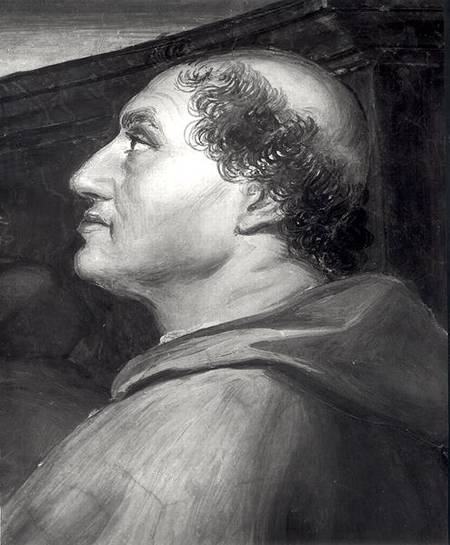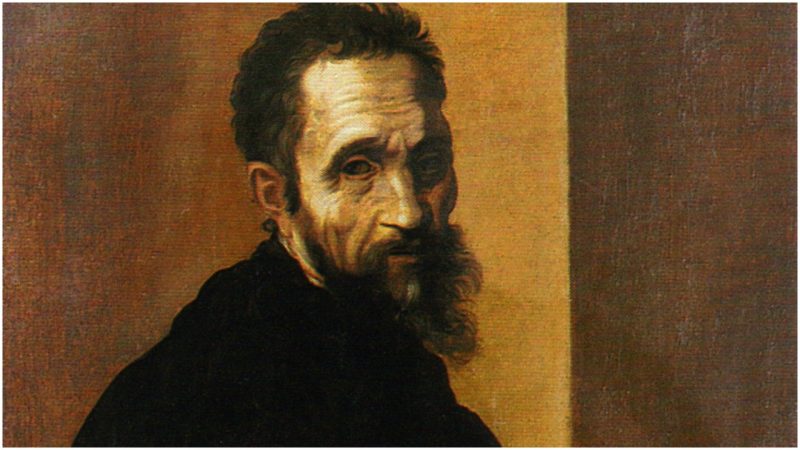A lost sculpture created by Michelangelo, known as the Sleeping Cupid, helped to launch the career of one of the most famous artists in history.The statue of the Sleeping Cupid is also considered to be one of the most famous fabrications in the history of art.
Michelangelo worked on the sculpture during his time in Florence. At that time, he was under the employment of the Medici family and sculpted two small statues, including an effigy of St John the Baptist and the Sleeping Cupid. The sculptures were done for Lorenzo di Pierfranseco, but for the Cupid statue; he had asked Michelangelo to “fix it so that it looked as if it had been buried.” Lorenzo’s intention had been to send the sculpture to Rome and smuggle it as an ancient work, which would sell for a much higher price.
Michelangelo took the advice from Lorenzo and he artificially aged the sculpture. The young artist used acidic earth which made the statue look more antique. Little did he know that this would be one of the most notorious fake sculptures of all time.

The Sleeping Cupid was then sold through a dealer to Cardinal Raffaello Riario of San Giorgio, who eventually found out that the piece was a hoax and demanded his money back from the dealer. But at the same time, the cardinal was impressed by Michelangelo’s virtuosity, thus he didn’t press any charges against him.

He allowed Michelangelo to keep his share of the deal and also invited him to come to Rome. This moment designated a new chapter in the life of the artist, who was still only twenty years old.
After the deception, the fabulous piece of Renessaince artwork became part of the d’Este collection in Mantua, which helped Michelangelo increase his reputation. Allegedly, his Sleeping Cupid was displayed side by side with ancient marble sculptures, attributed to the most renowned of the Attic sculptors of the 4th century BC, Praxiteles. The work of the ancient sculptor included a Cupid asleep on a lion skin.
Later on, the Sleeping Cupid was acquired by Charles I of England, and it found its new home in England. It is considered lost, most probably in the great fire of the Palace of Whitehall in London in 1689. Had it survived, the Sleeping Cupid of Michelangelo would have still been regarded invaluable despite its status as a forgery.
During the Rennasaince, a sleeping Cupid was a notable symbol of absent or weakening love; the symbol is evident all over Renaissance poetry and art.
A few more questions relate to one more sculpture of a standing Cupid also attributed to Michelangelo and which has survived until today. However, some art historians and researchers argue whether the sculpture, also known as The Little Archer or The Young Archer, should really be attributed to the Rennasaince artist.

Supposedly, the standing Cupid was created for Riario’s banker, Jacopo Galli, and has been described by contemporaries as a Cupid or Apollo, with a vase at its feet. If The Young Archer is the same work that belonged to Jacopo Galli, it certainly suffered a fair amount of damage over the centuries. Little is known of its whereabouts before 1902 when it appeared and failed to sell at an auction in London. Another source suggests that the sculpture might have been created when Michelangelo still lived in Florence as a pupil, which further complicates the story.
Though it may sound unusual, the Renaissance artist might have created a few more forgeries before he established himself. As Lynn Catterson, a lecturer at Columbia University notes in this context, “a young sculptor would find this the best way to make money.”
